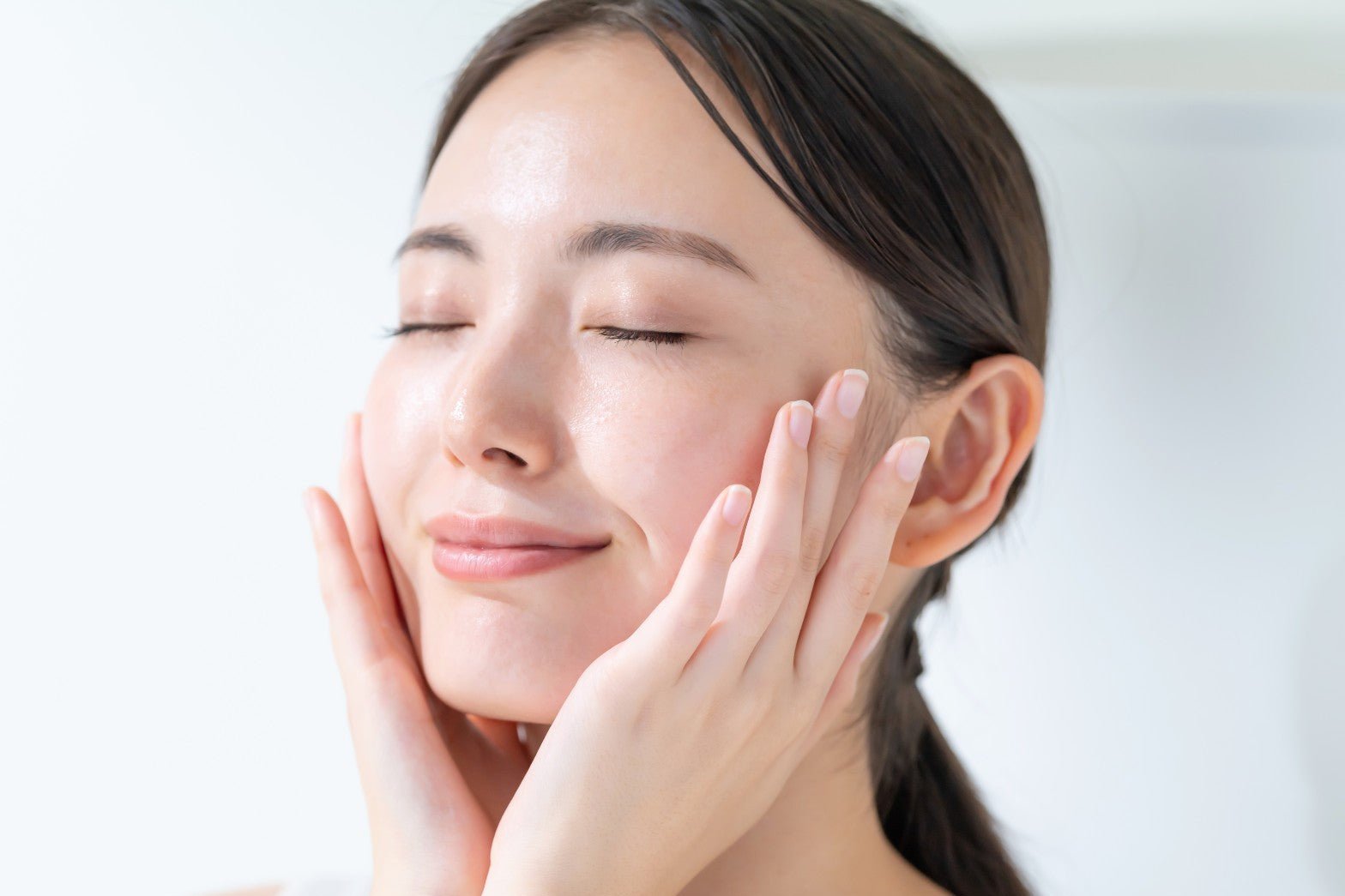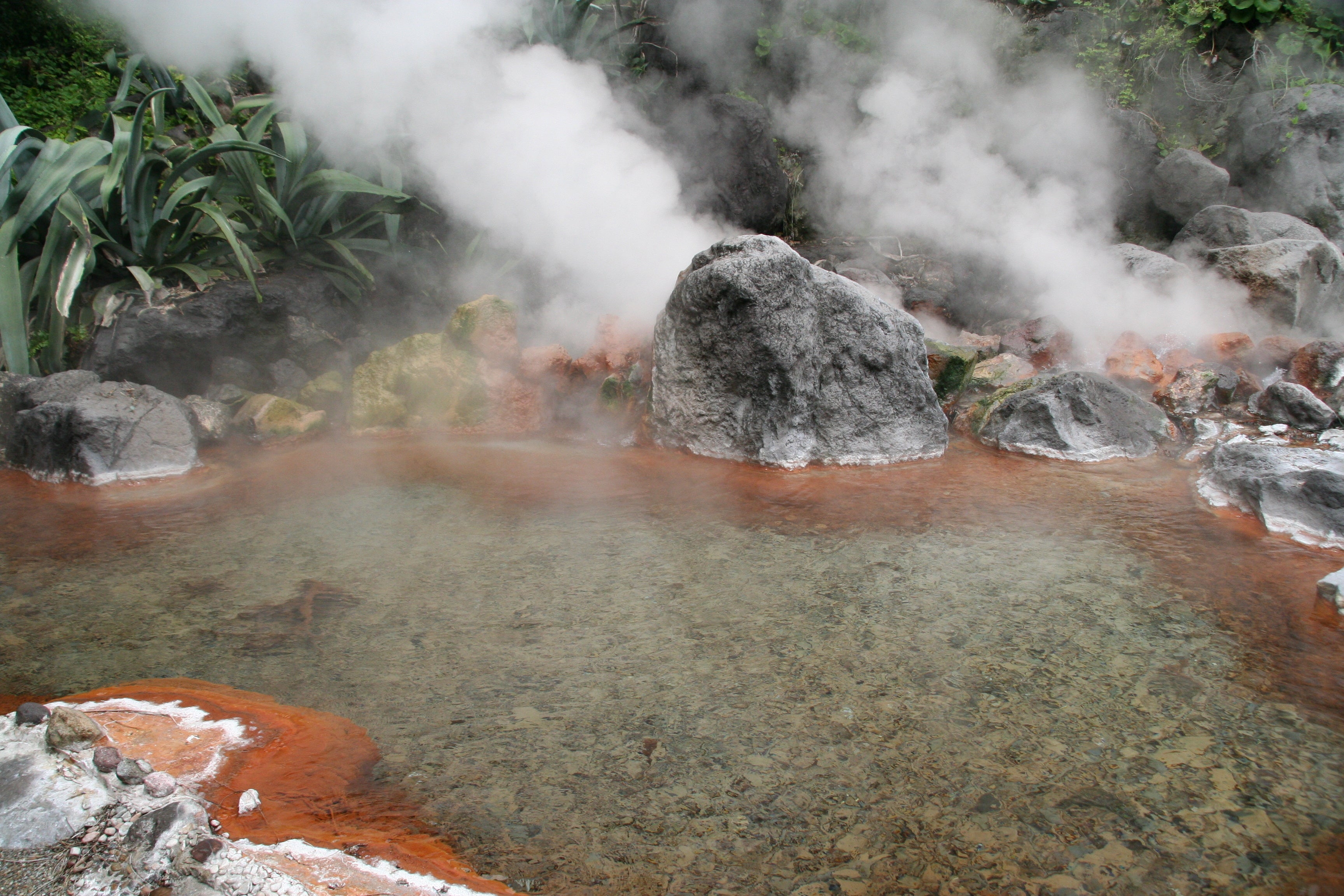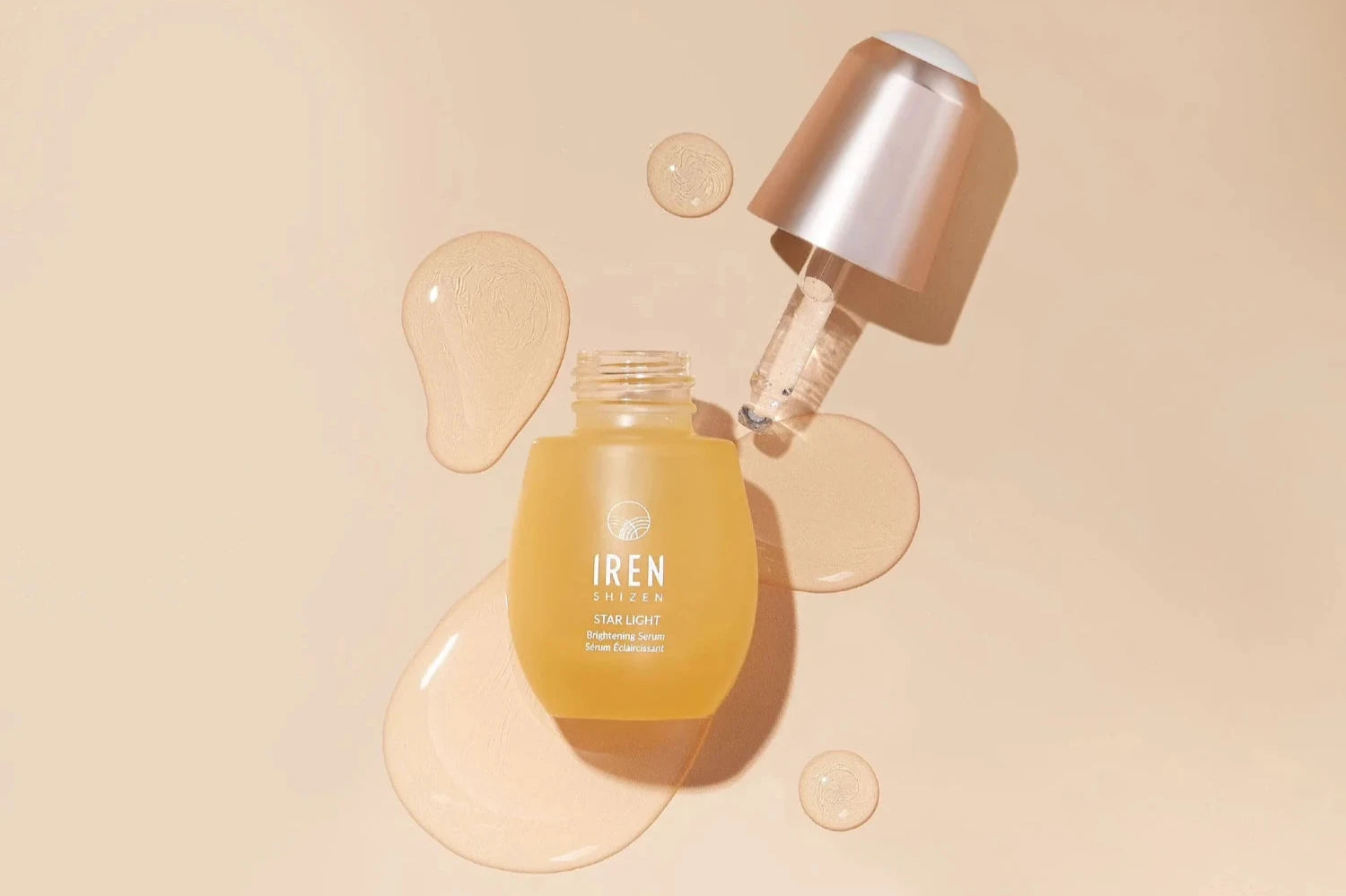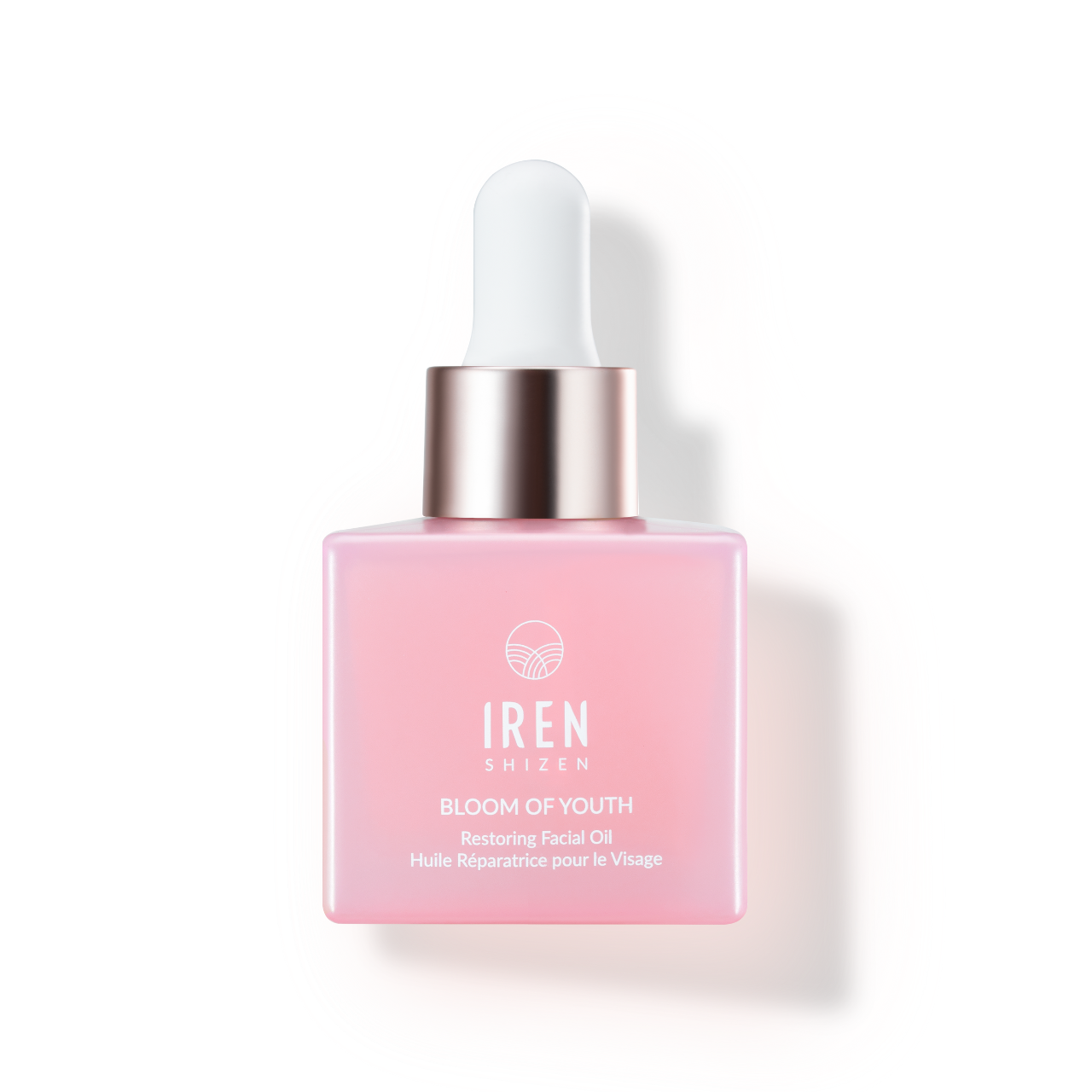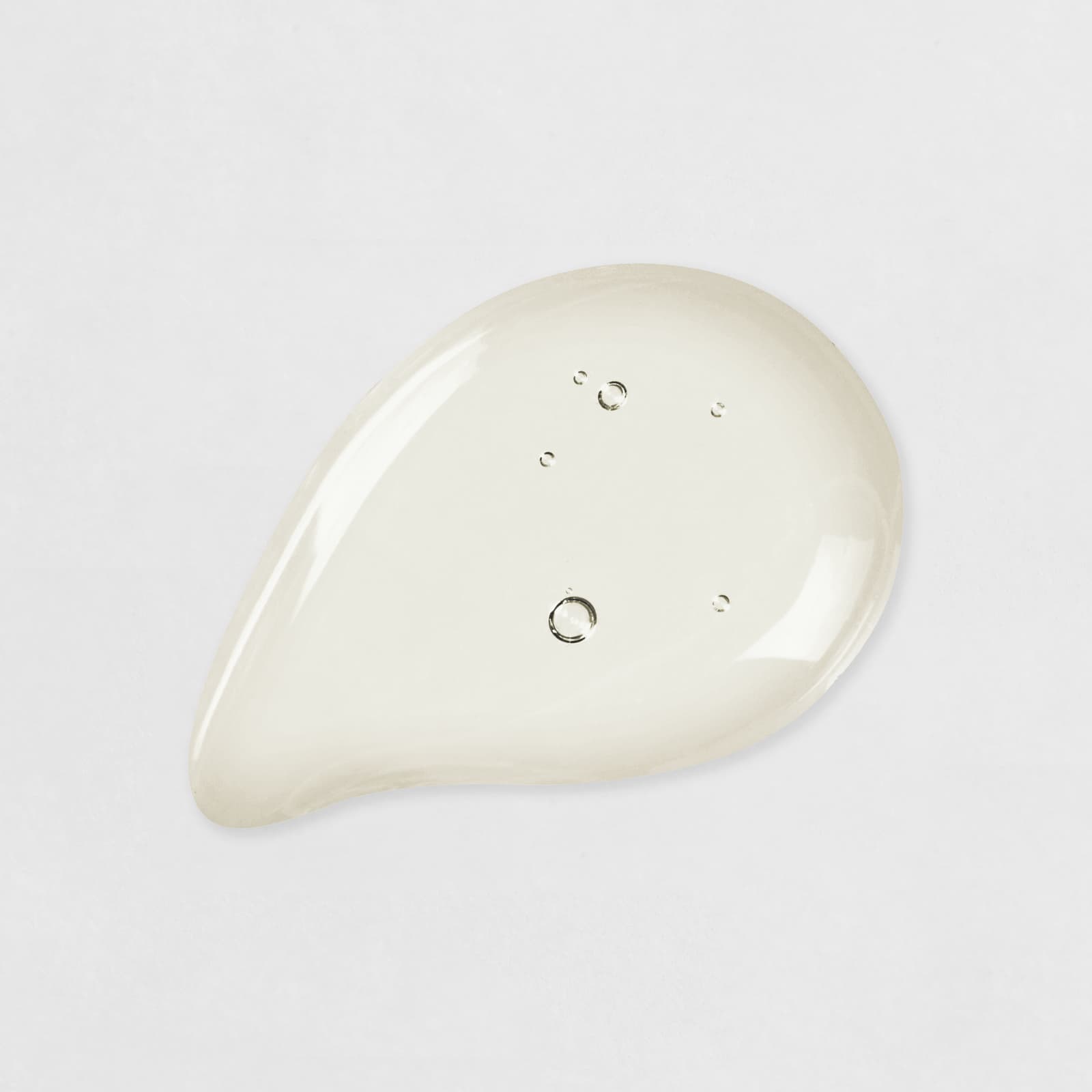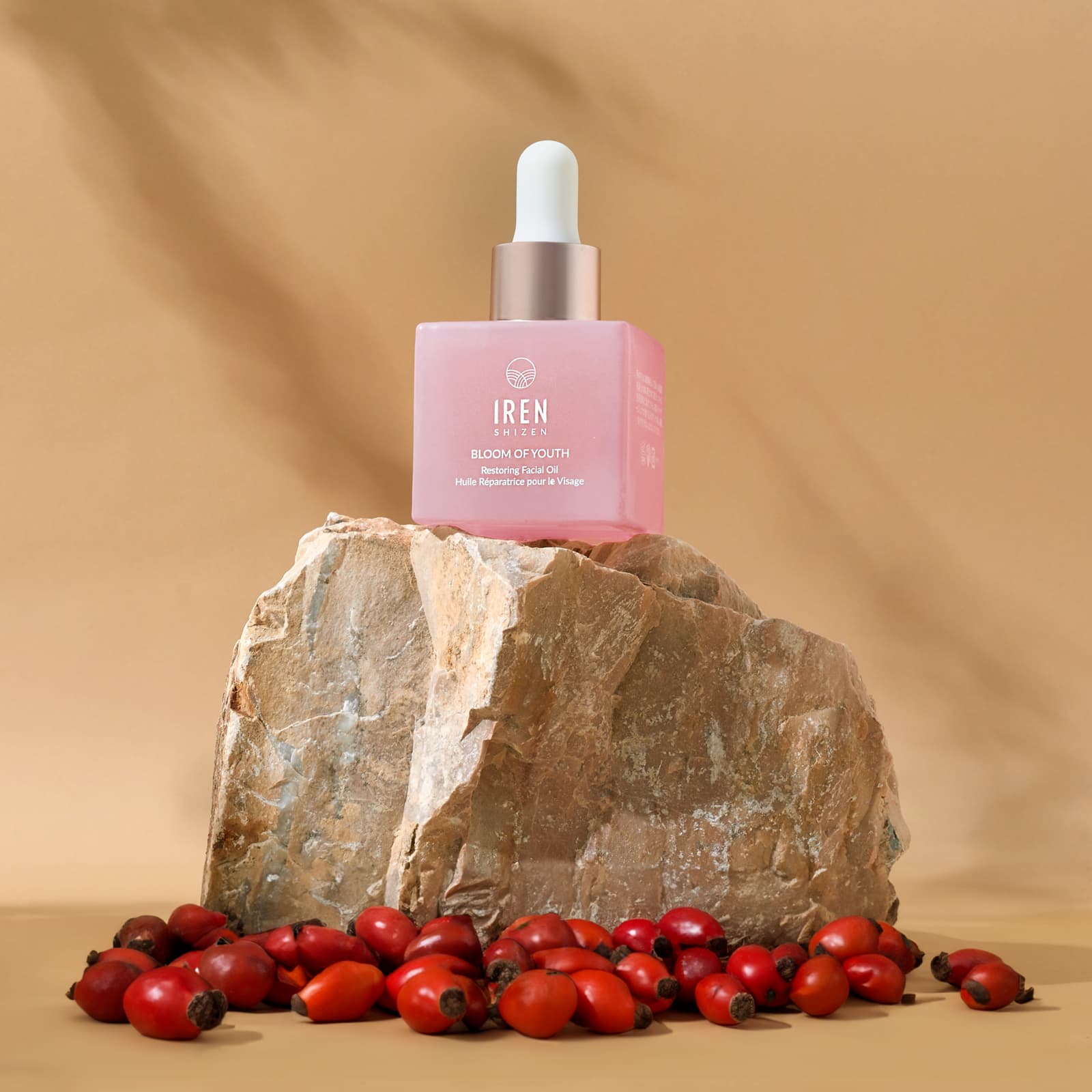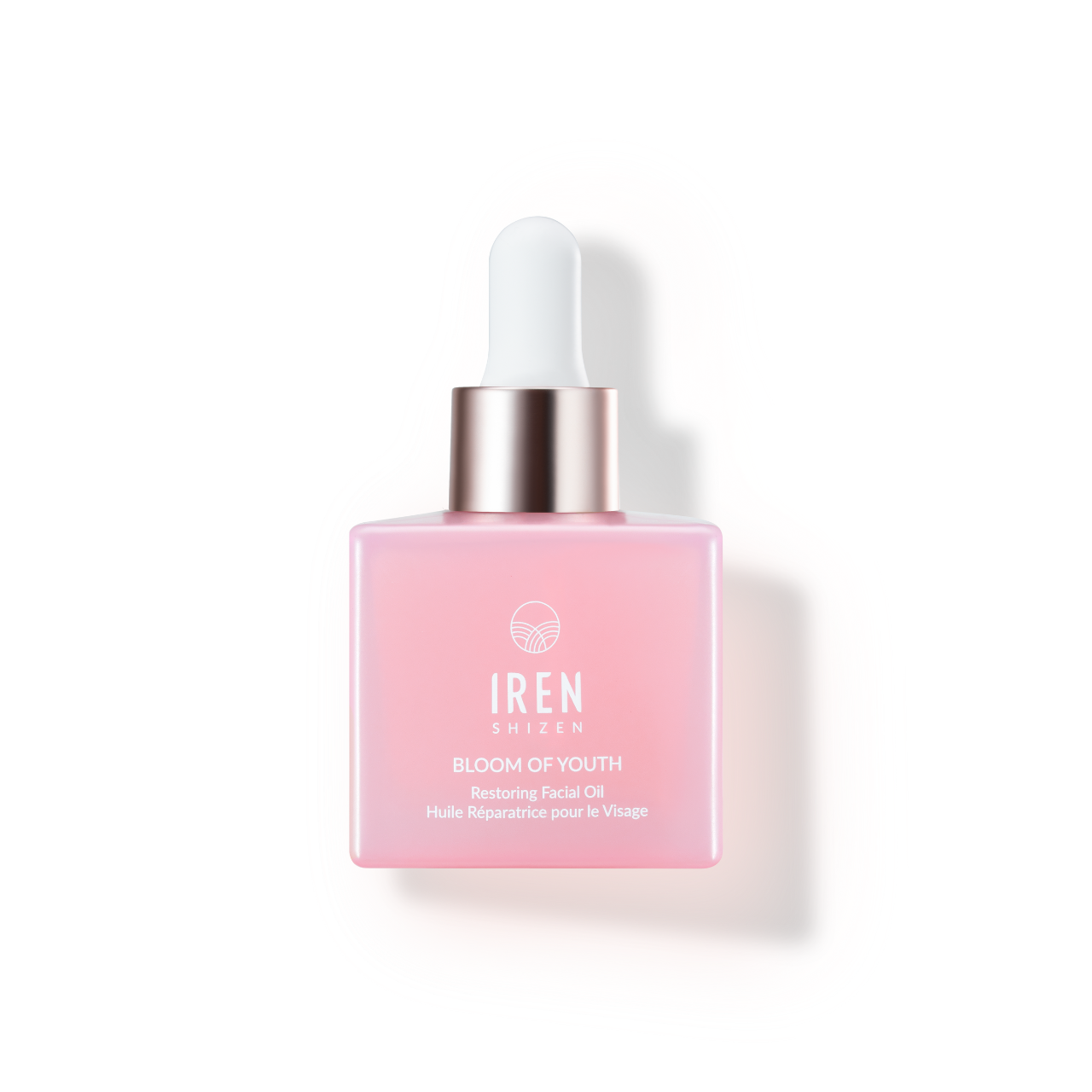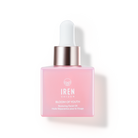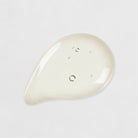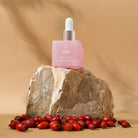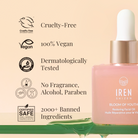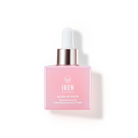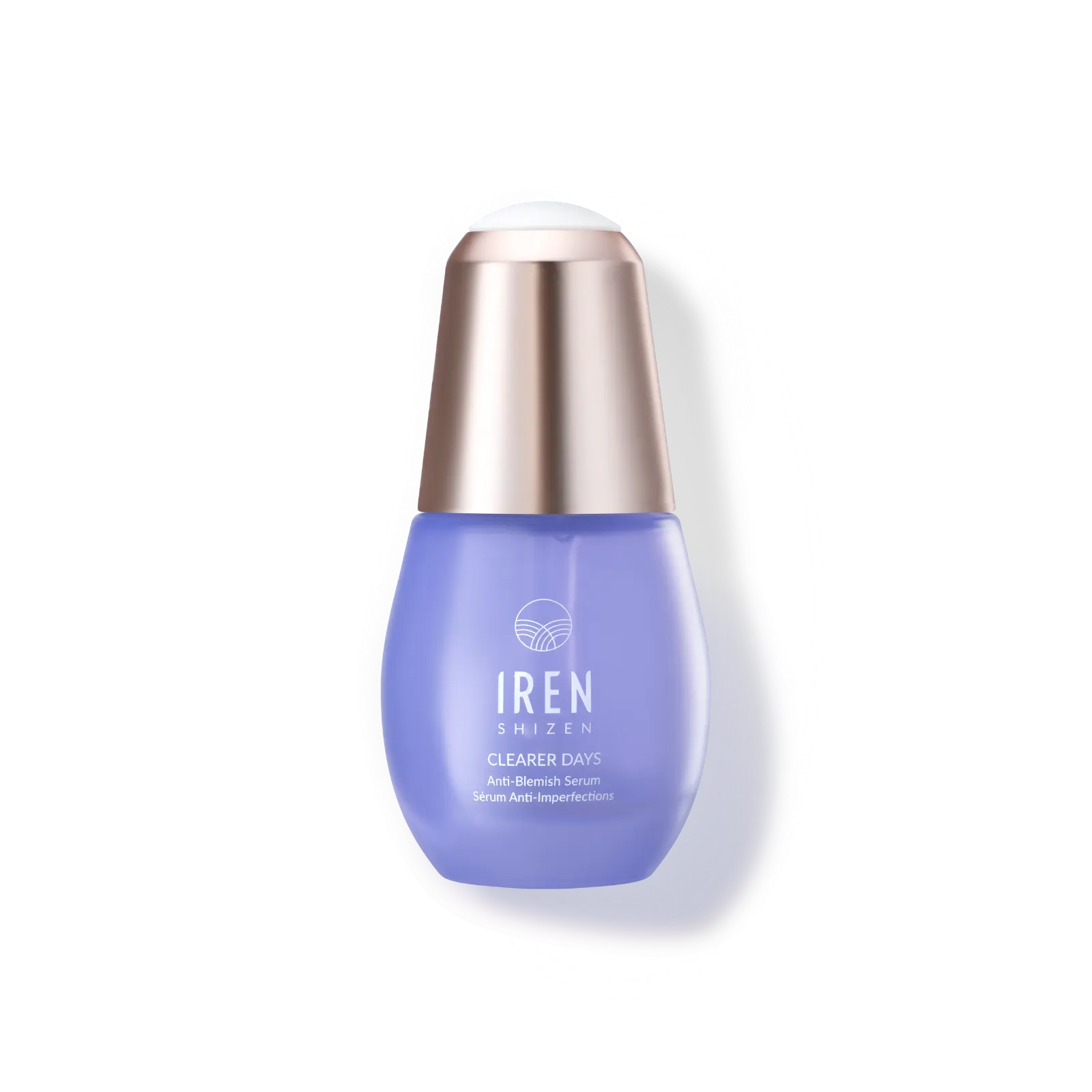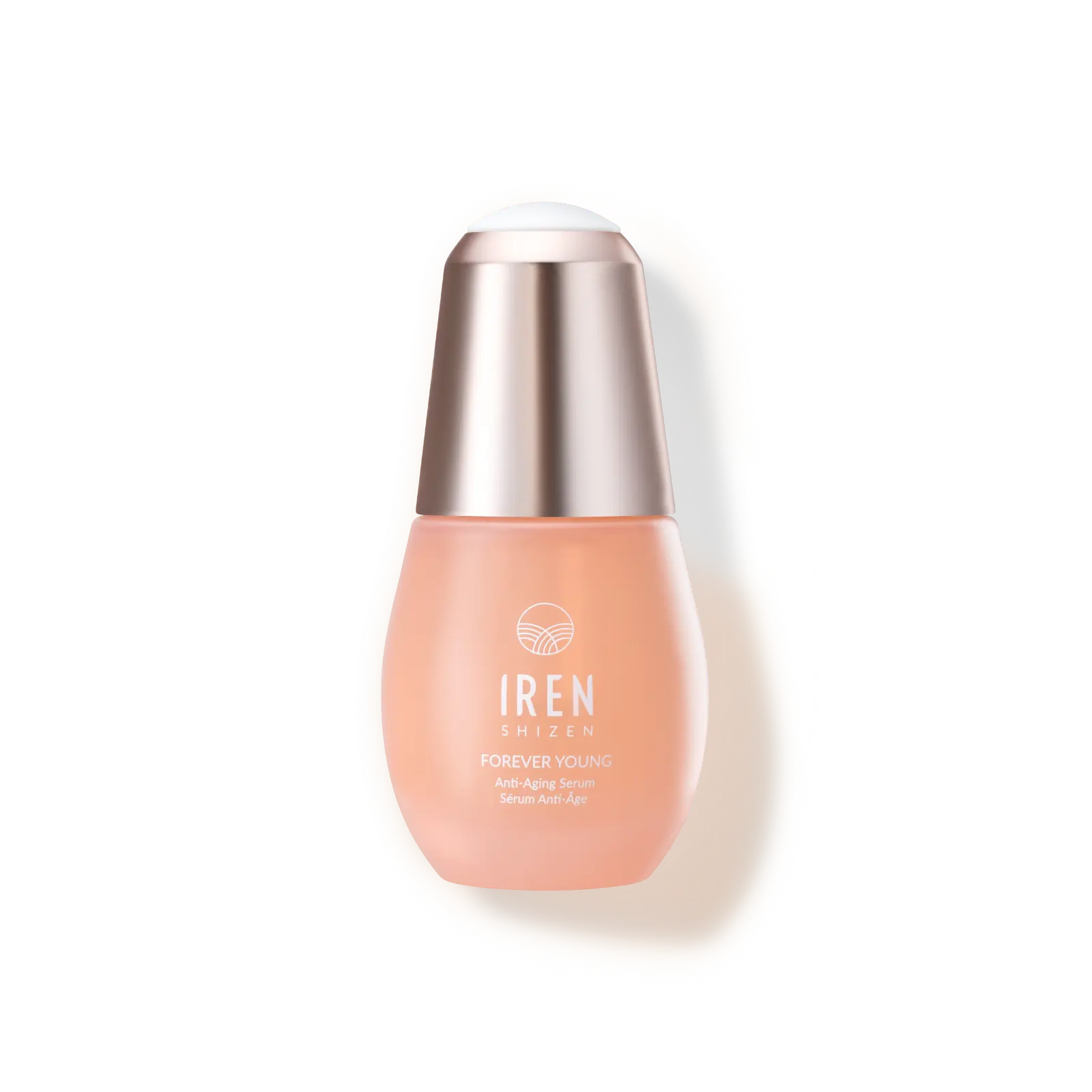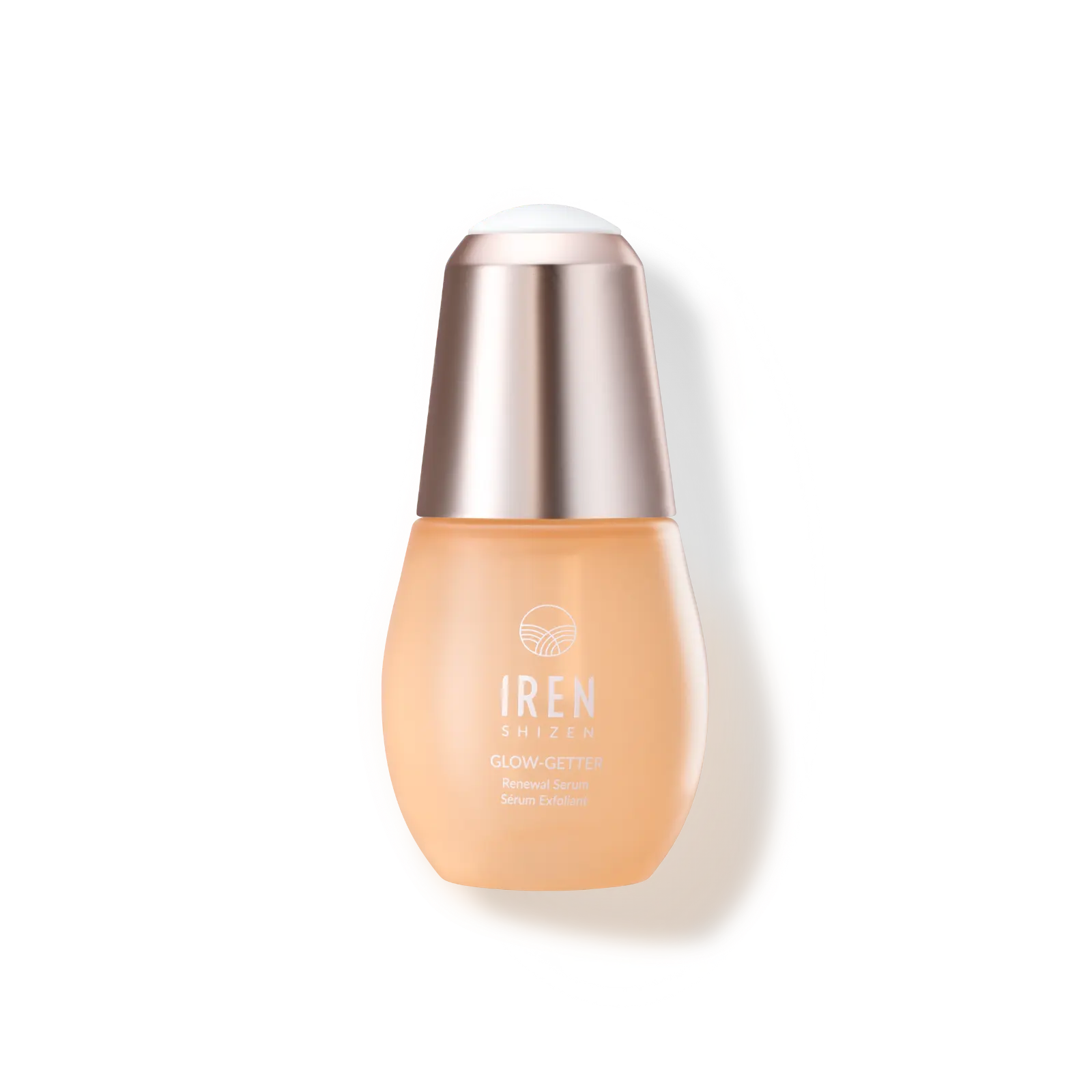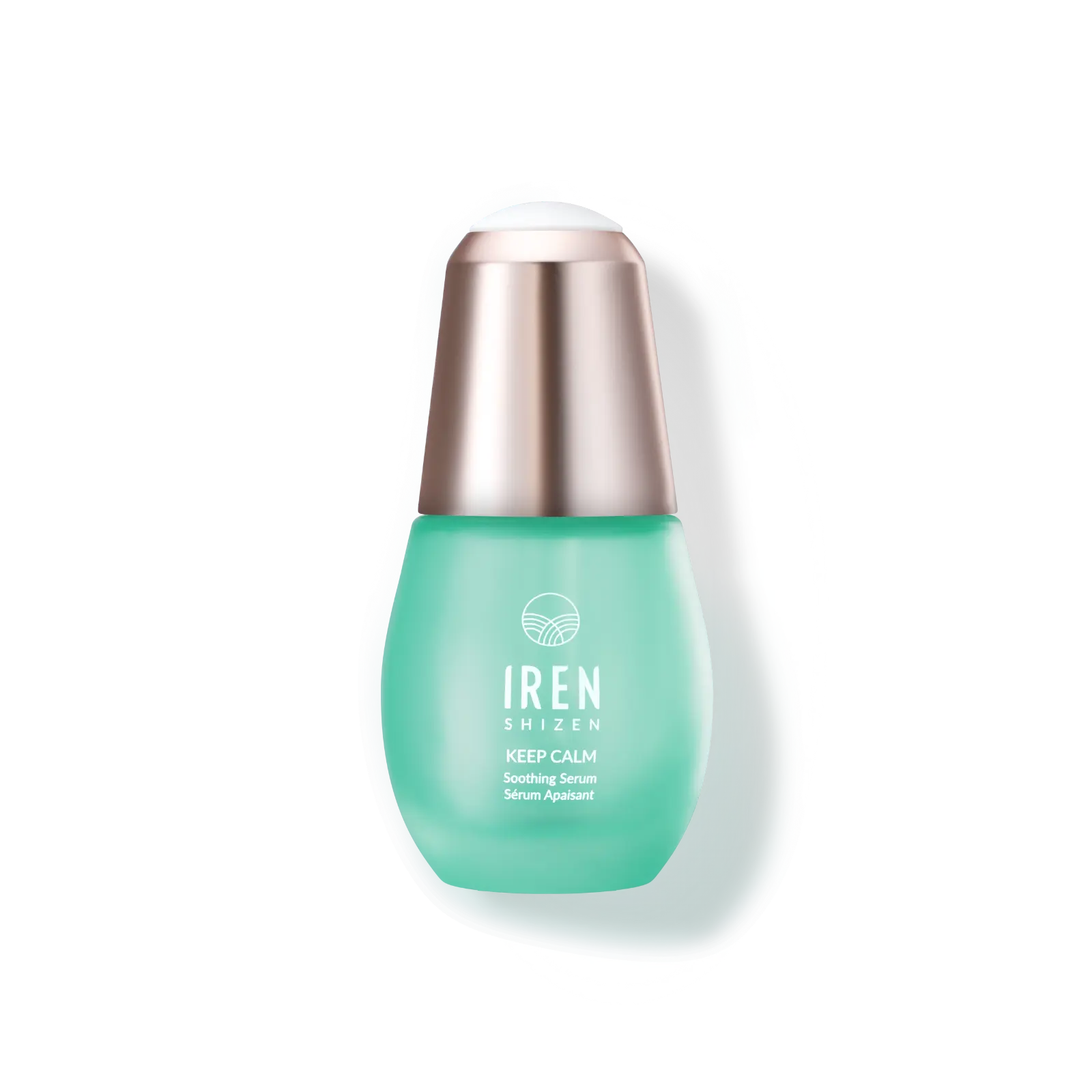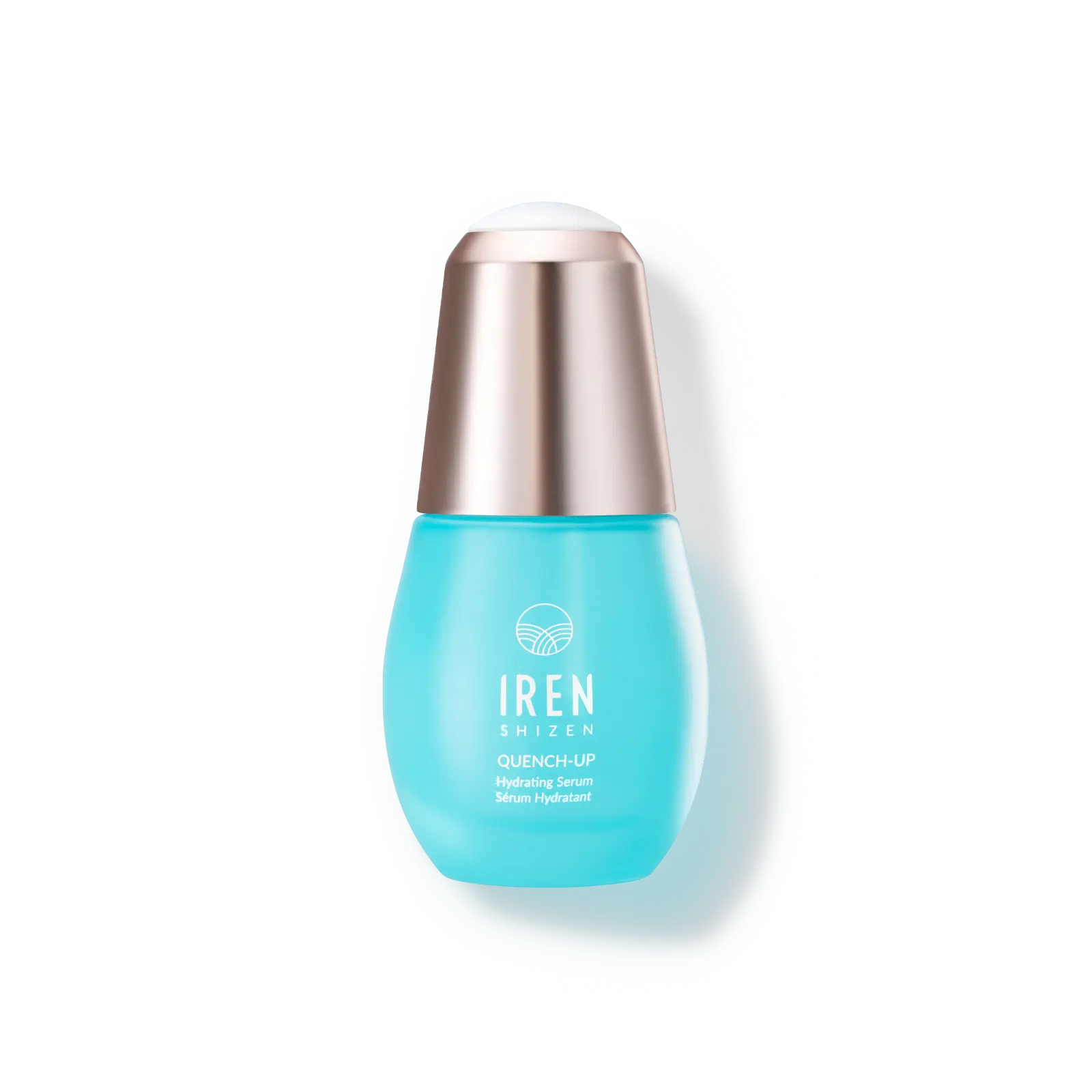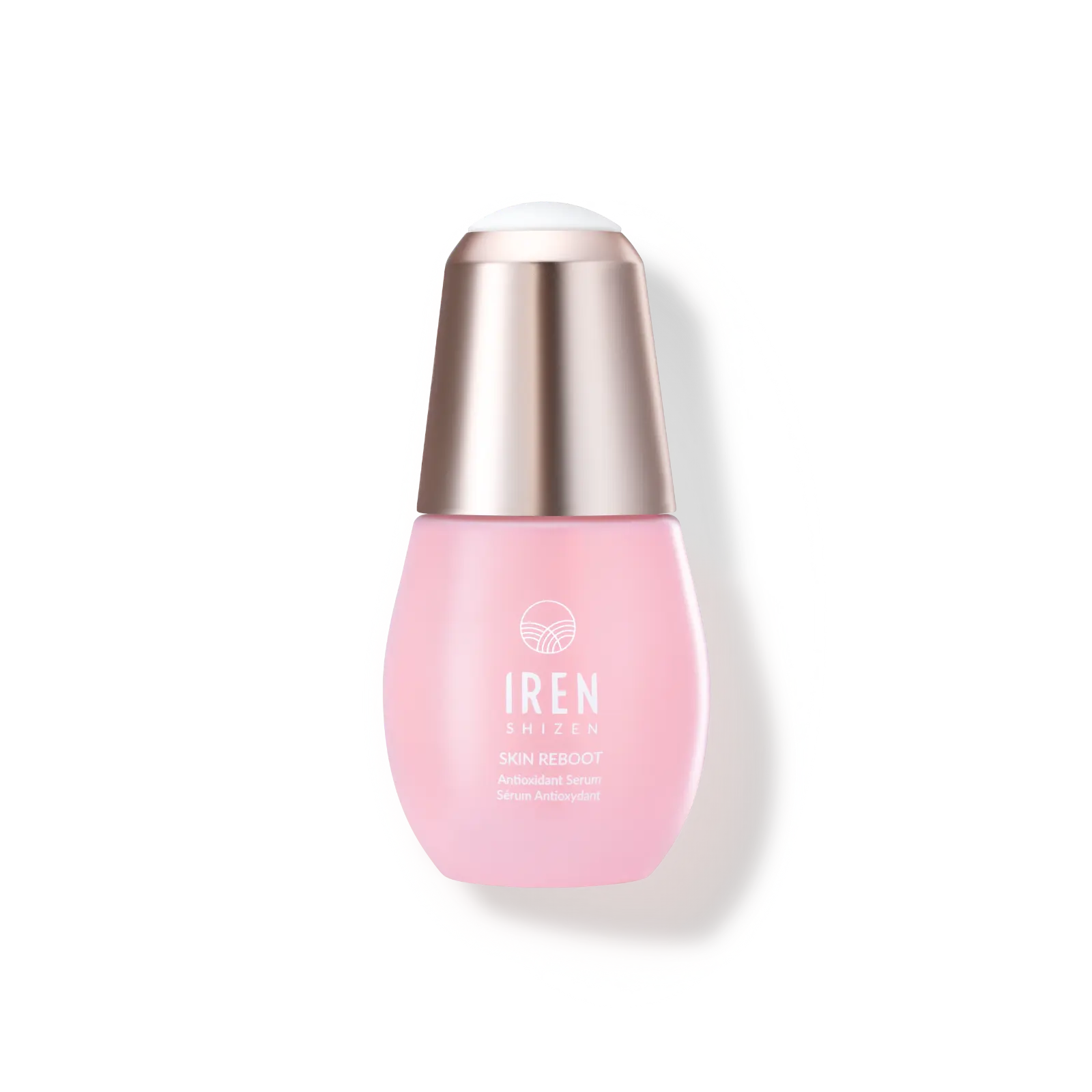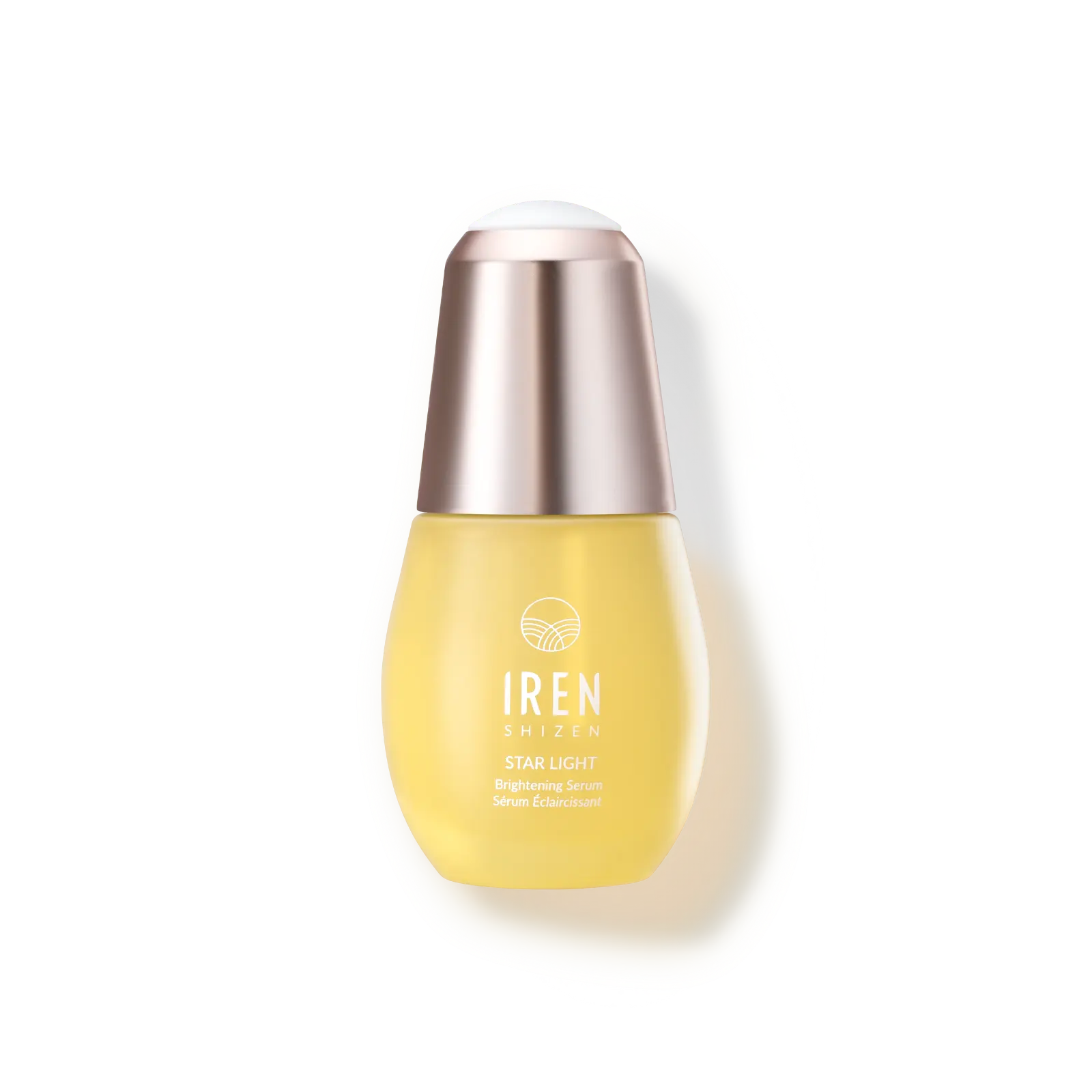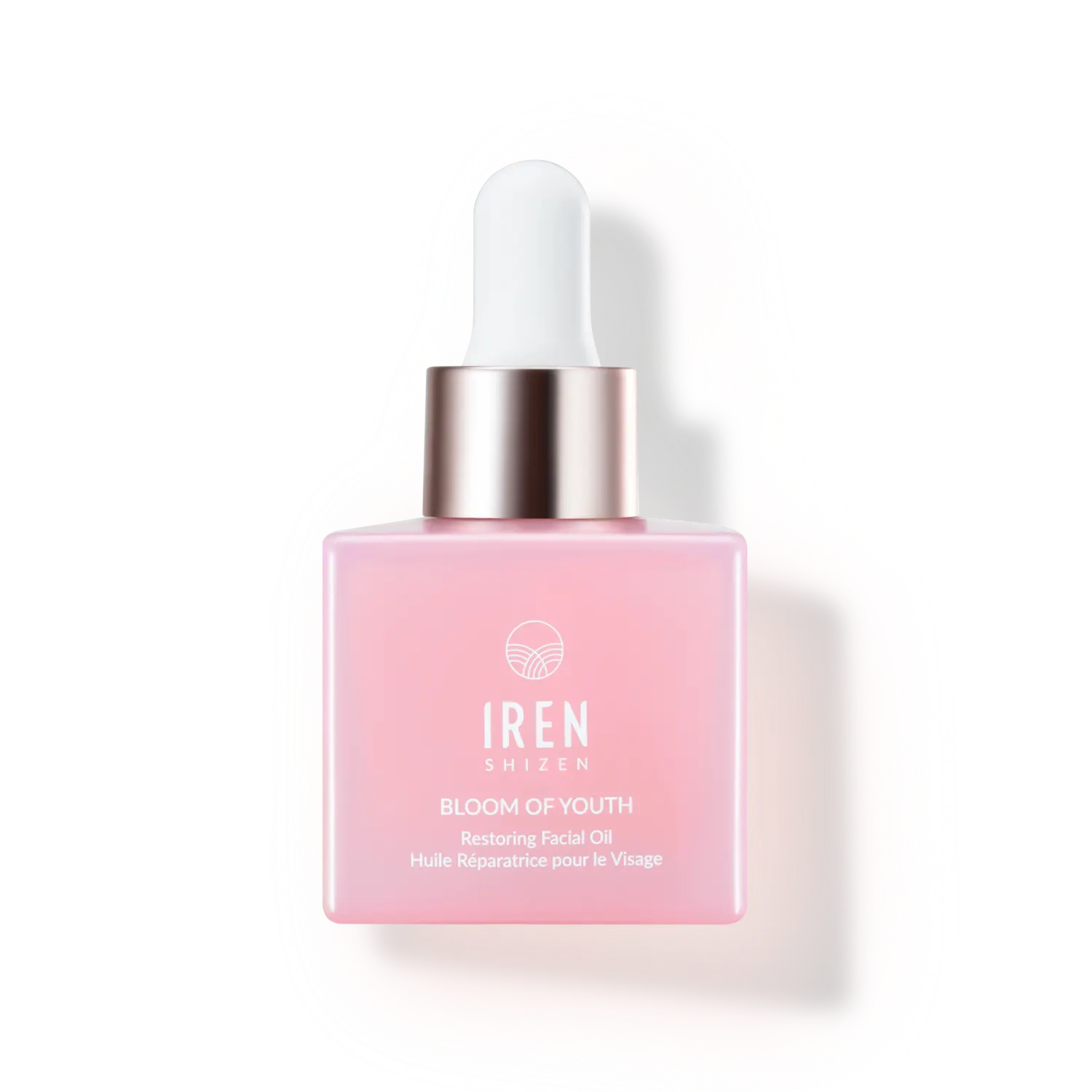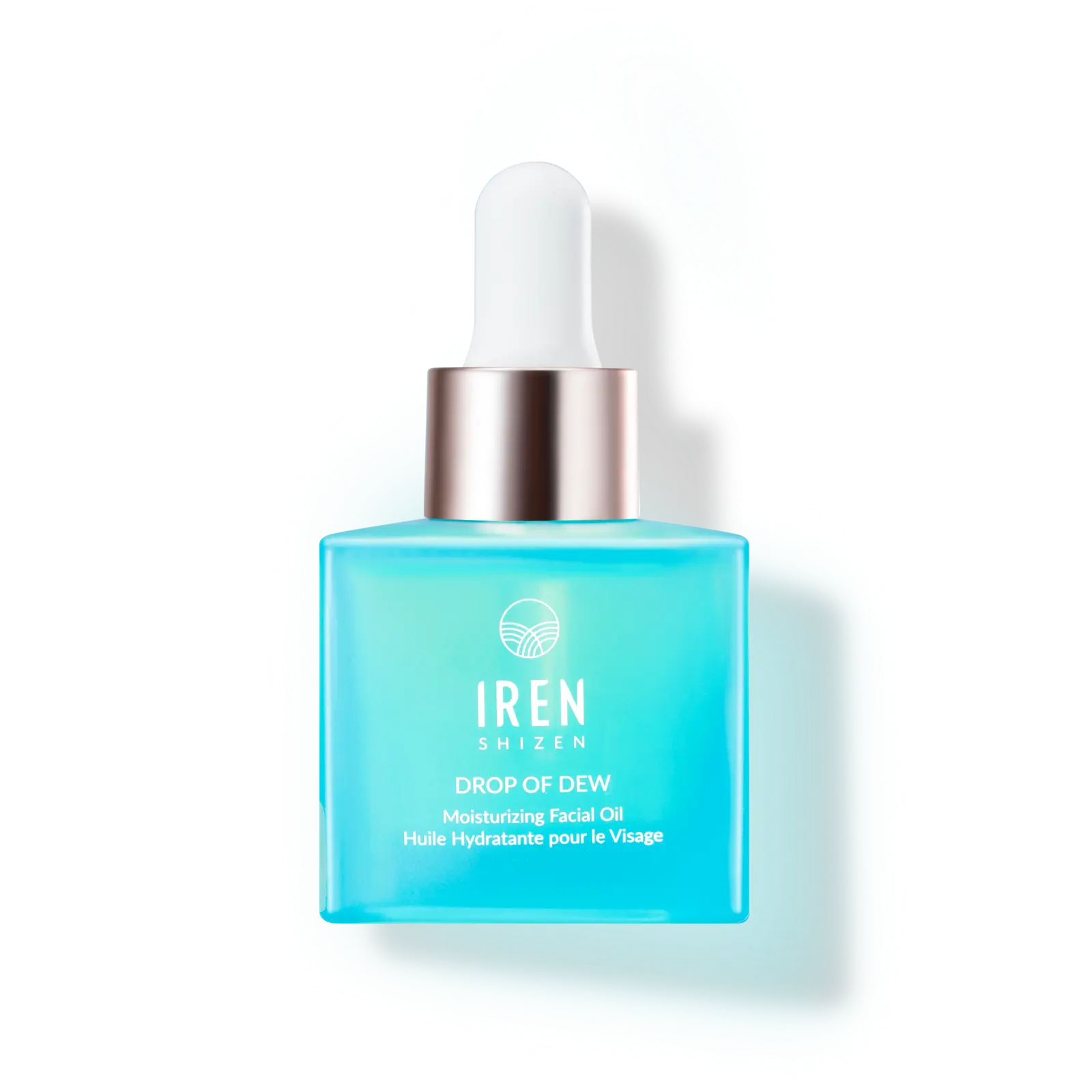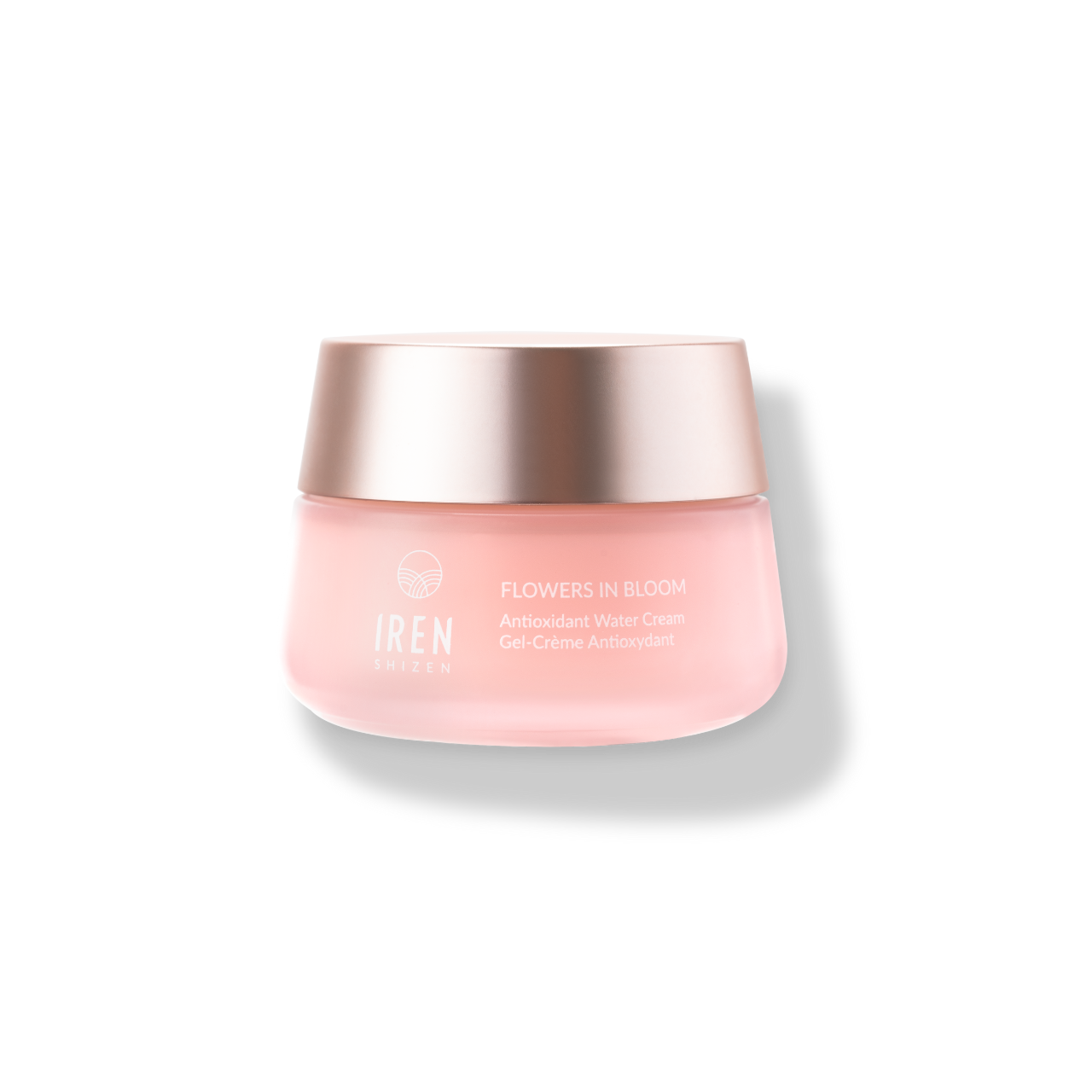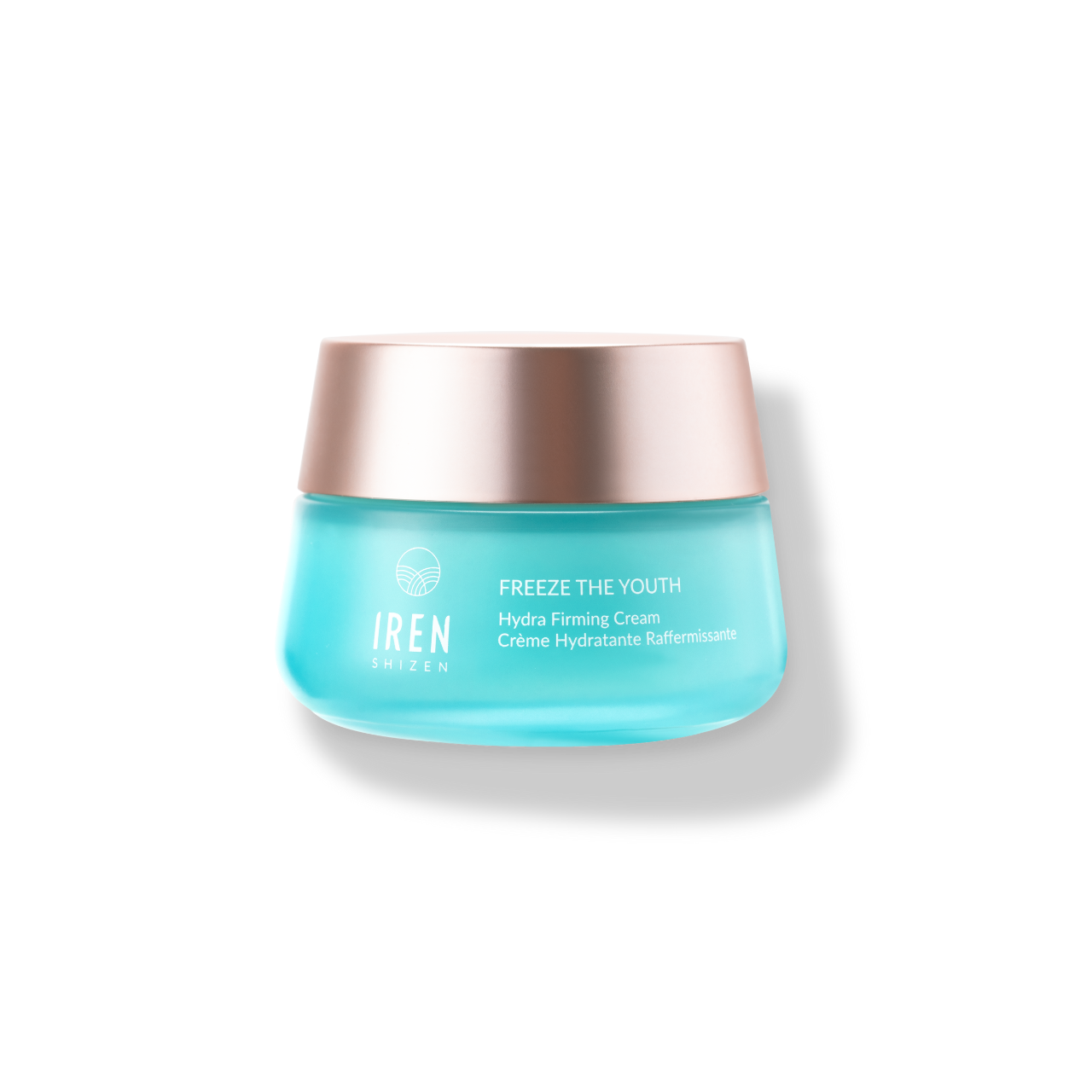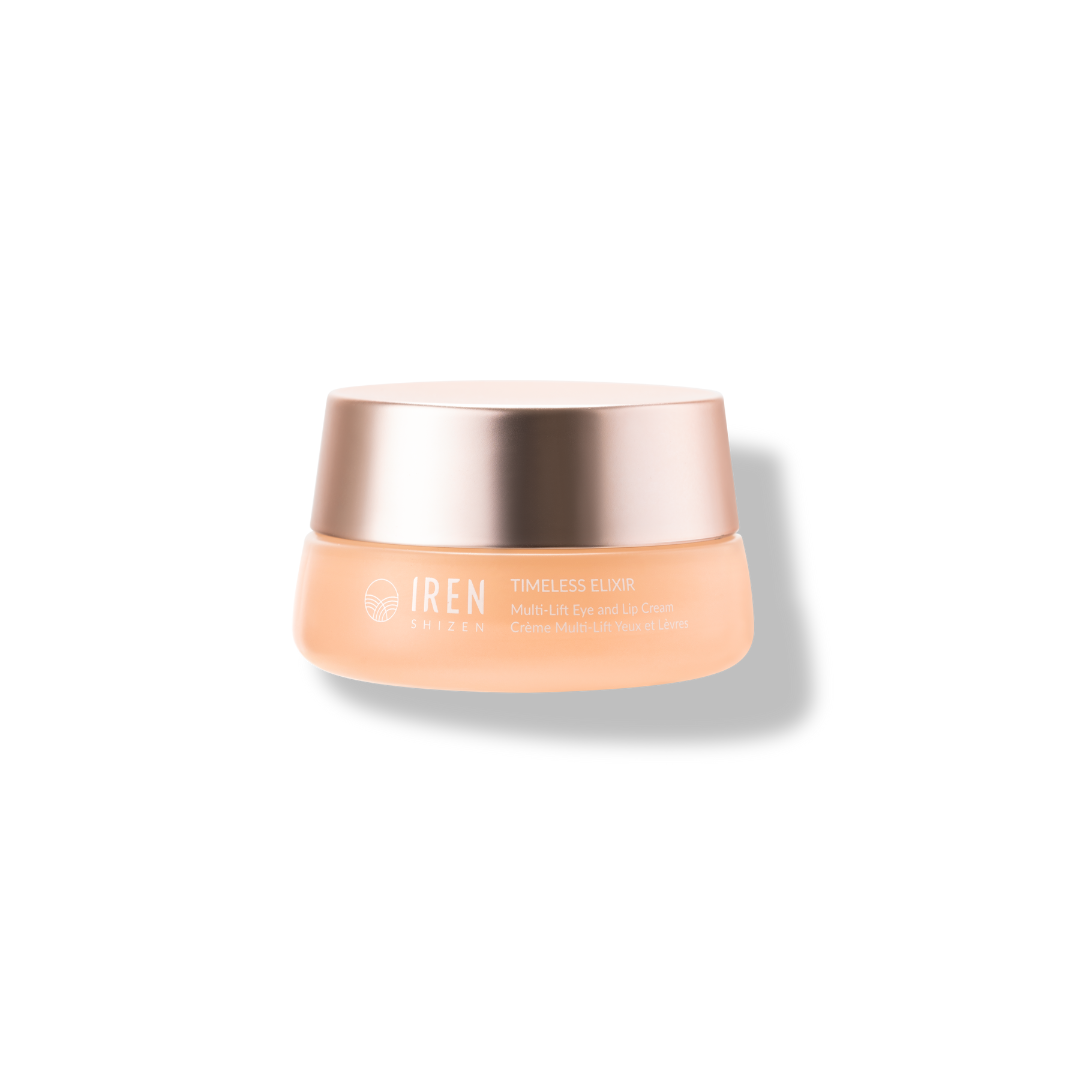HISTORY
Rosa Canina Fruit Oil, commonly known as Rosehip Oil, has a fascinating history that dates back thousands of years. Ancient civilizations like the Egyptians, Mayans, and Native Americans utilized it for its healing properties. It was often referred to as the "oil of youth" in Egypt and used for wound healing and reducing inflammation by the Mayans and Native Americans. In Europe, the dog rose, a staple in traditional medicine, gained prominence during World War II when British citizens harvested wild rosehips to make Vitamin C-rich syrup for children due to citrus fruit shortages.
SCIENCE
The composition of Rosa Canina Fruit Oil makes it a powerhouse in skincare. It is rich in essential fatty acids, with high levels of linoleic acid (51%), linolenic acid (19%), and oleic acid (20%). These fatty acids are crucial for maintaining a healthy skin barrier and retaining moisture. Additionally, the oil contains significant amounts of Vitamin A (pro-vitamin A), Vitamin E (tocopherols), and carotenoids, which are vital for skin regeneration and protection. However, contrary to popular belief, the oil does not contain Vitamin C, as it is water-soluble and not present in the oil form.
The clinical benefits of Rosa Canina Fruit Oil are impressive. It is an excellent moisturizer due to its emollient properties, helping to keep the skin hydrated by preventing water loss. The Vitamin A content promotes skin cell turnover, reducing fine lines and wrinkles. Moreover, clinical trials have shown that the oil can effectively reduce the appearance of post-surgical scars, demonstrating its powerful regenerative properties. Its anti-inflammatory effects also make it suitable for sensitive skin conditions like rosacea and eczema.
REFERENCES
- Valladares, J., Palma, M., Sandoval, C. and Carvajal, F. (1986) Cream Hip Oil (Rosa aff. rubiginosa I.). Part I: Formulation, Preparation and Primary Application in Tissue Regeneration. Annals Real Acad Farm., 52, 597-612.
- Valerón-Almazán, P., Gómez-Duaso, A. J., Santana-Molina, N., García-Bello, M. A., & Carretero, G. (2015). Evolution of Post-Surgical Scars Treated with Pure Rosehip Seed Oil. Journal of Cosmetics, Dermatological Sciences and Applications, 5, 161-167.
- Kaj Winther, Anne Sophie Vinther Hansen & Joan Campbell-Tofte (2016). Bioactive ingredients of rose hips (Rosa canina L) with special reference to antioxidative and anti-inflammatory properties: in vitro studies, Botanics: Targets and Therapy, 11-23


